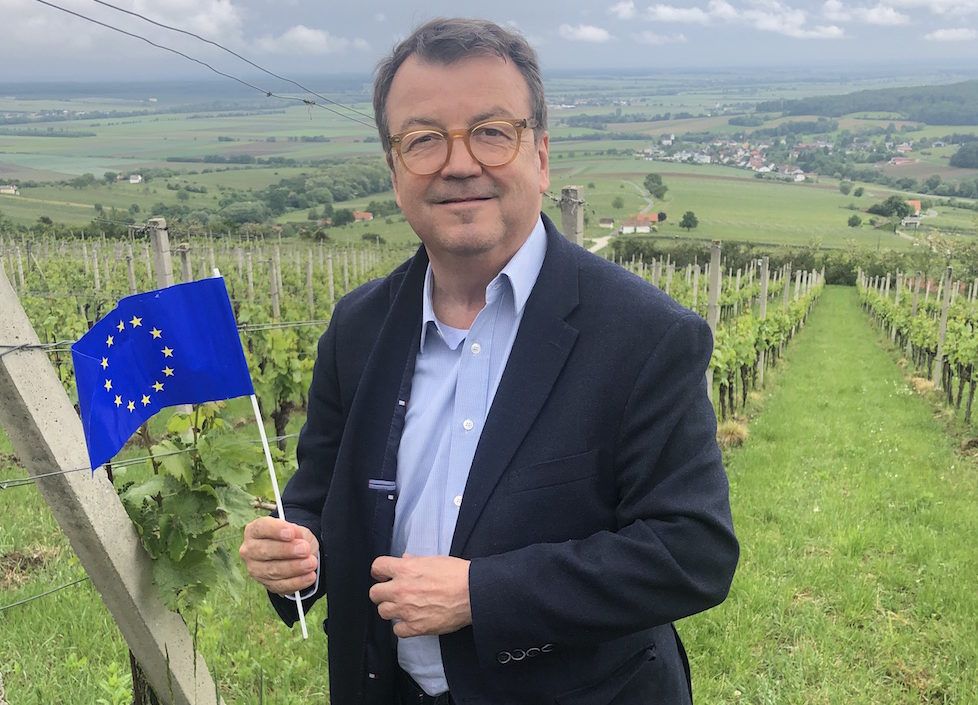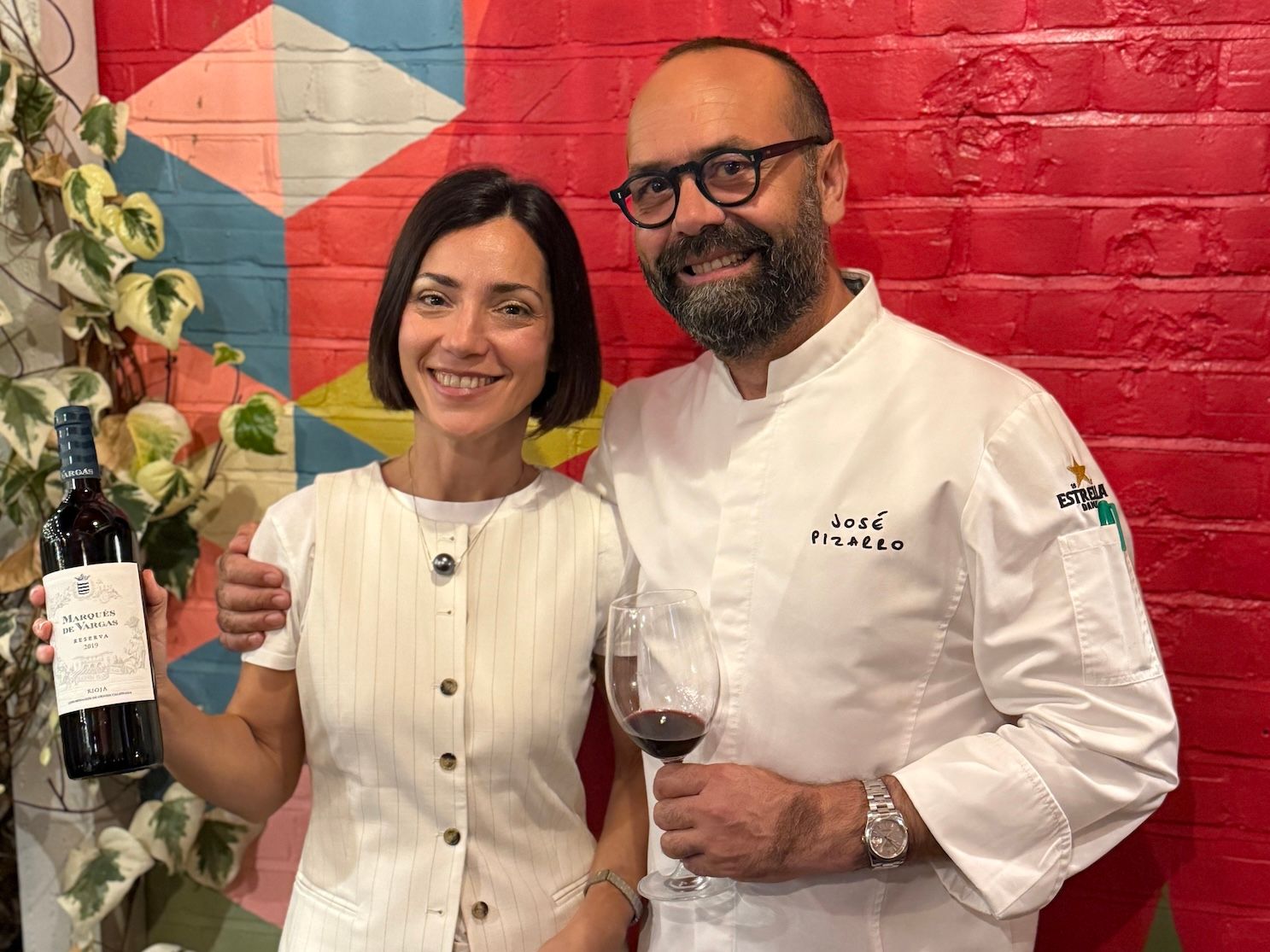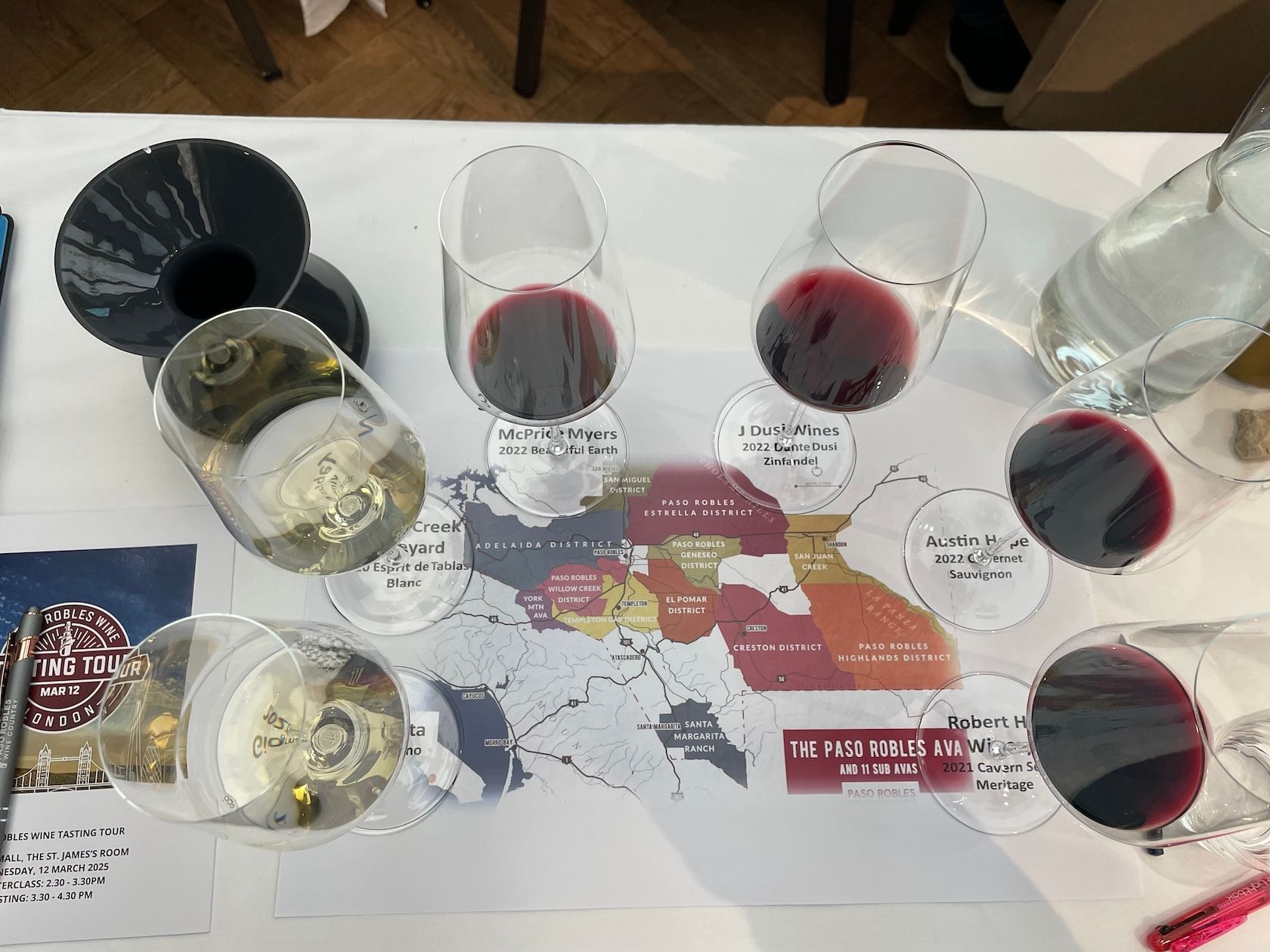Austria’s wine industry is breaking records, with sales now worth €170 million, but it has not always been so buoyant.
On a typical press trip, it is hard enough to taste a wine from a neighbouring appellation, let alone another country, so Austria’s winemakers are nothing if not generous.
For this year’s biennial ‘wine summit’, not only were almost two hundred journalists from 39 countries flown in, driven around, wined, dined and given hotel rooms, they were also offered an insight into what the country’s immediate neighbours have to offer too, with a focus on “vineyard interfaces in the heart of Europe”, or ‘wines without borders’ to you and me.
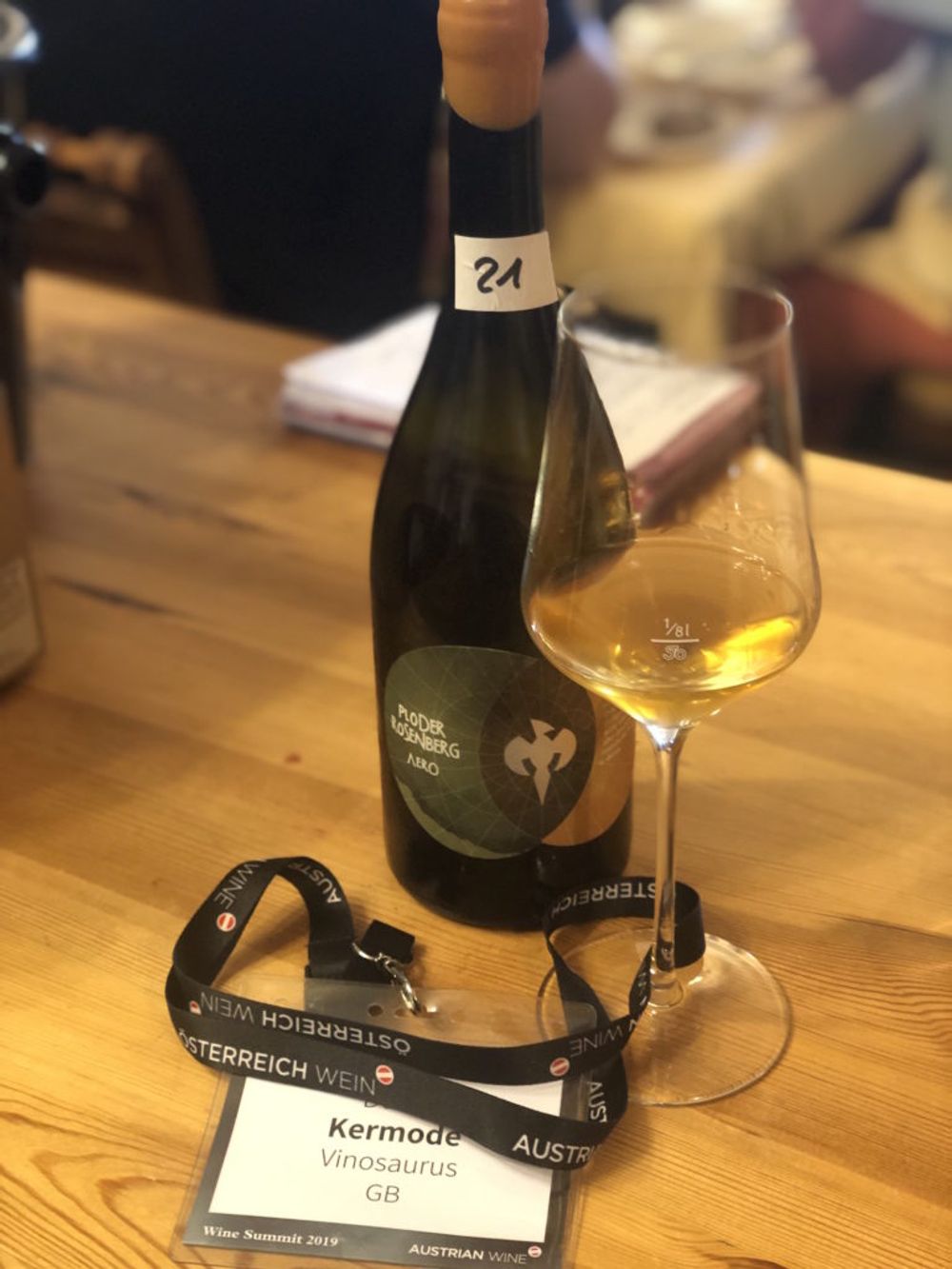
The ambitious theme was the brainchild of the Austrian Wine Marketing Board’s outgoing chief, Willi Klinger, aimed at shining a light on one hundred years of often tumultuous history, to reveal the rich diversity of the country’s border regions and the experiences of those who live there.
With his self-deprecating humour and diminutive figure, Klinger could pass for Ronnie Corbett, but his impact has been that of a giant. Taking over the helm 13 years ago, when Austria’s winemakers were still coming to terms with the devastating fallout from the ‘antifreeze’ scandal, Klinger has presided over one hell of a comeback, rooted on some of the most stringent standards in the industry, with the country’s wine exports hitting an all-time high, measured by value, at €170m last year.
Enjoying buoyant domestic sales, the Austrian Wine Board has been highly strategic in its approach to exports: Germany is by far its biggest market, followed by Switzerland and the United States, which accounts for around €12m of sales, thanks to the targeting of cities like New York.
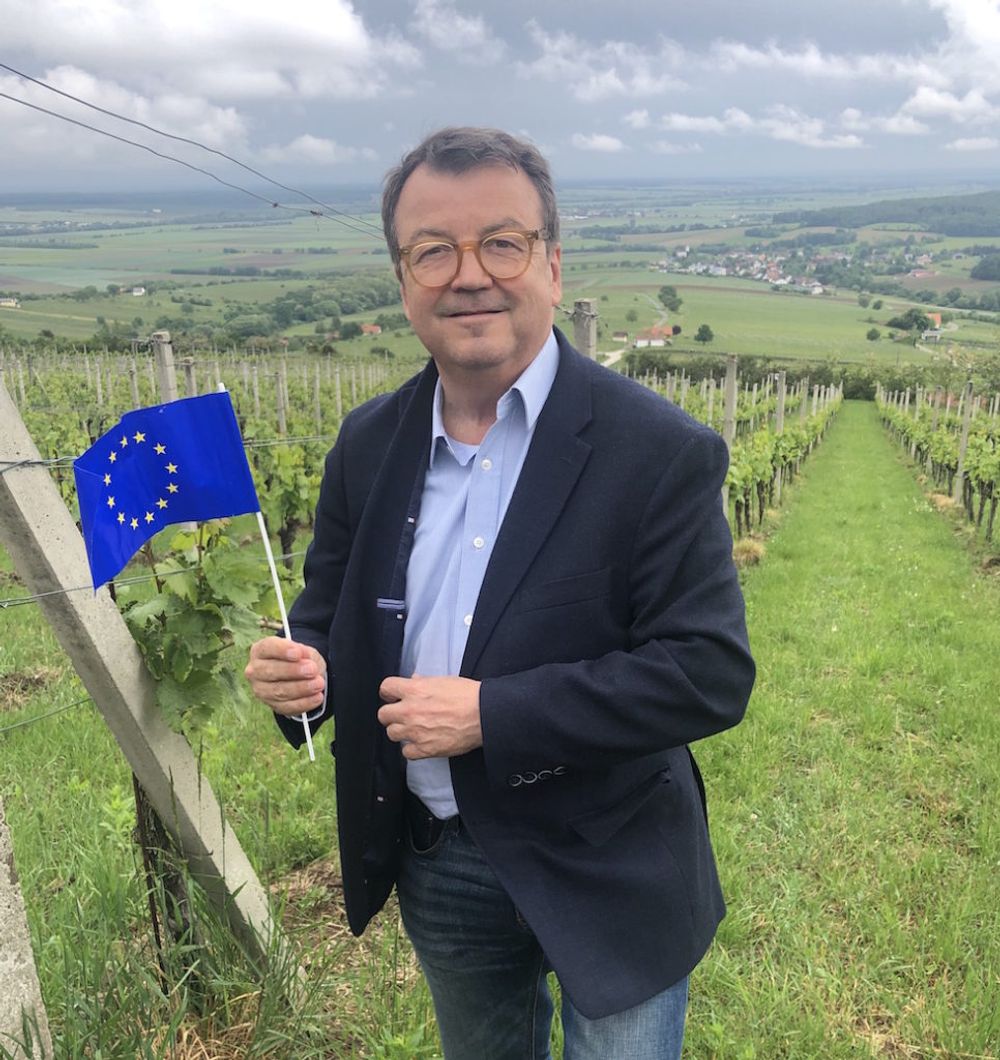
The Austrian borders project has been a lifetime ambition: Willi Klinger, Austrian wine marketing chief
Lessons from the past
It is one hundred years since Austria’s borders were drawn, in the aftermath of the First World War and the collapse of the Austro-Hungarian empire, with a number of wine regions ceded to neighbouring countries. Just two decades later, the rise of Nazi Germany saw many of these border lines disappear, only to emerge once again, after the defeat of Hitler. The Iron Curtain followed, with the borders of the Soviet ‘eastern bloc’ literally following the line of the vines in many areas, razor wire cutting an ugly path through the landscape.
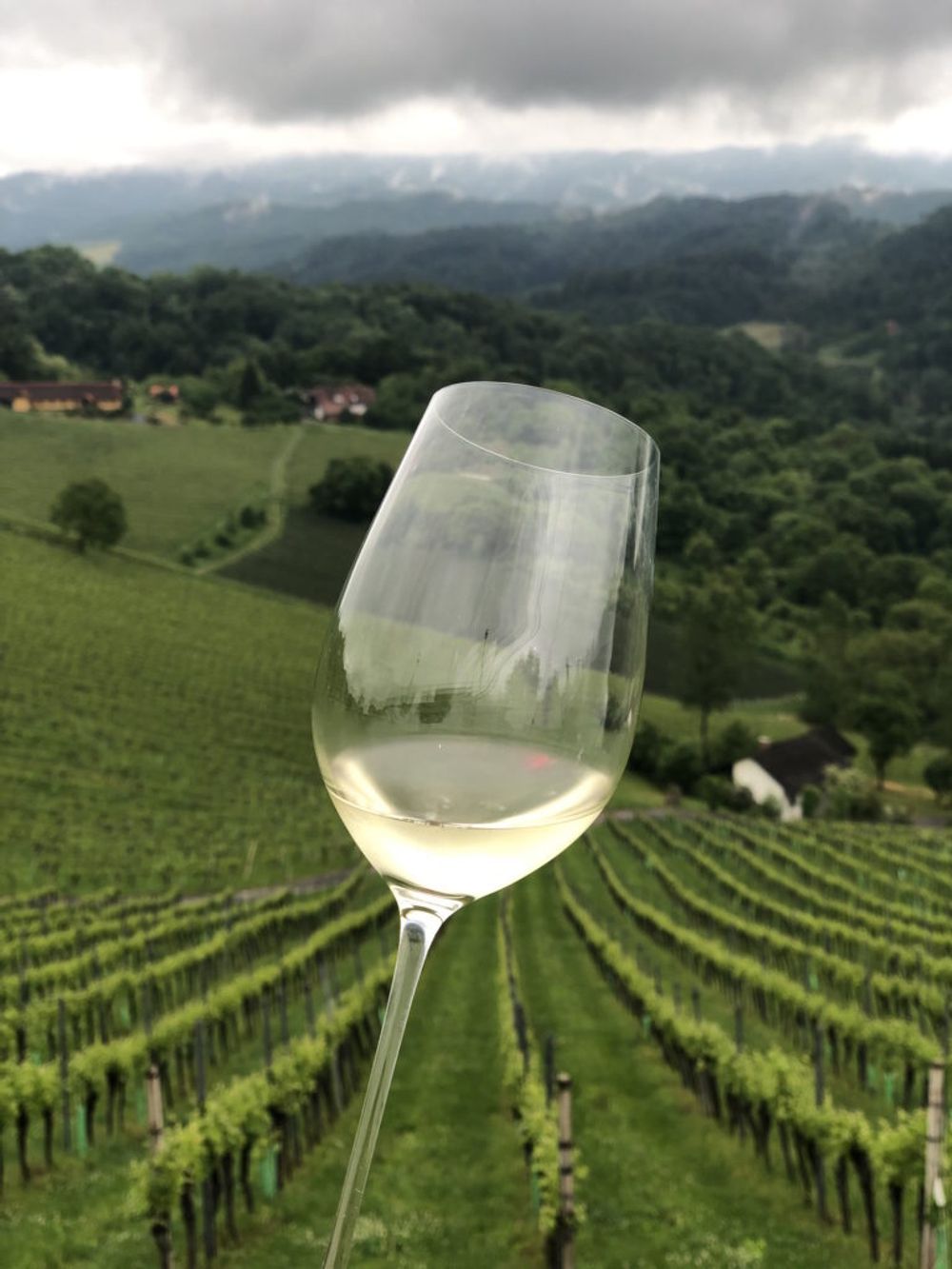
Producers on both sides of the border can work together, thanks to the ‘Historischer Doppelbesitz’, an unconventional labelling system that permits grapes from the Slovenian side to be used in an Austrian DAC
Now, thanks to the expansion of the European Union, and the implementation of the Schengen Accord, the barriers and fences are gone, with the language on the road signs the only clue as to where the border lies.
“A lifetime dream of mine” is how Klinger describes his ambition to lead a tour of Austria’s border wine regions to showcase what he describes as “some of the country’s best vineyards.”
“Terroir also has the influence of mankind,” he tells me. “Some of the finest plots were cut into pieces by the border lines. Now we are together, and we are growing together.”
Standing on the border line with Hungary, he recalls looking across the fences, watched over by armed guards, in the early 80s: “we feared this would be forever”.
Thankfully, it was not.
With historical lectures at each stop, Klinger’s itinerary encompasses Austria’s borders with Slovenia, Hungary and Slovakia, taking in the wine regions of Styria and Burgenland in the south-east, and Carnuntum, east of Vienna. Tastings focus on the respective Austrian grapes of each region, with an opportunity to sample highlights from the neighbouring country’s side of the terroir, where the same grapes normally have a different name.
Vines without frontiers
Once strictly guarded, the border with Slovenia close to Glanz an der Weinstrasse is now marked by nothing more threatening than a picnic bench, the ‘Grenztisch’,with a dividing line running through the middle, to symbolise new friendships between locals, arbitrarily divided for decades.
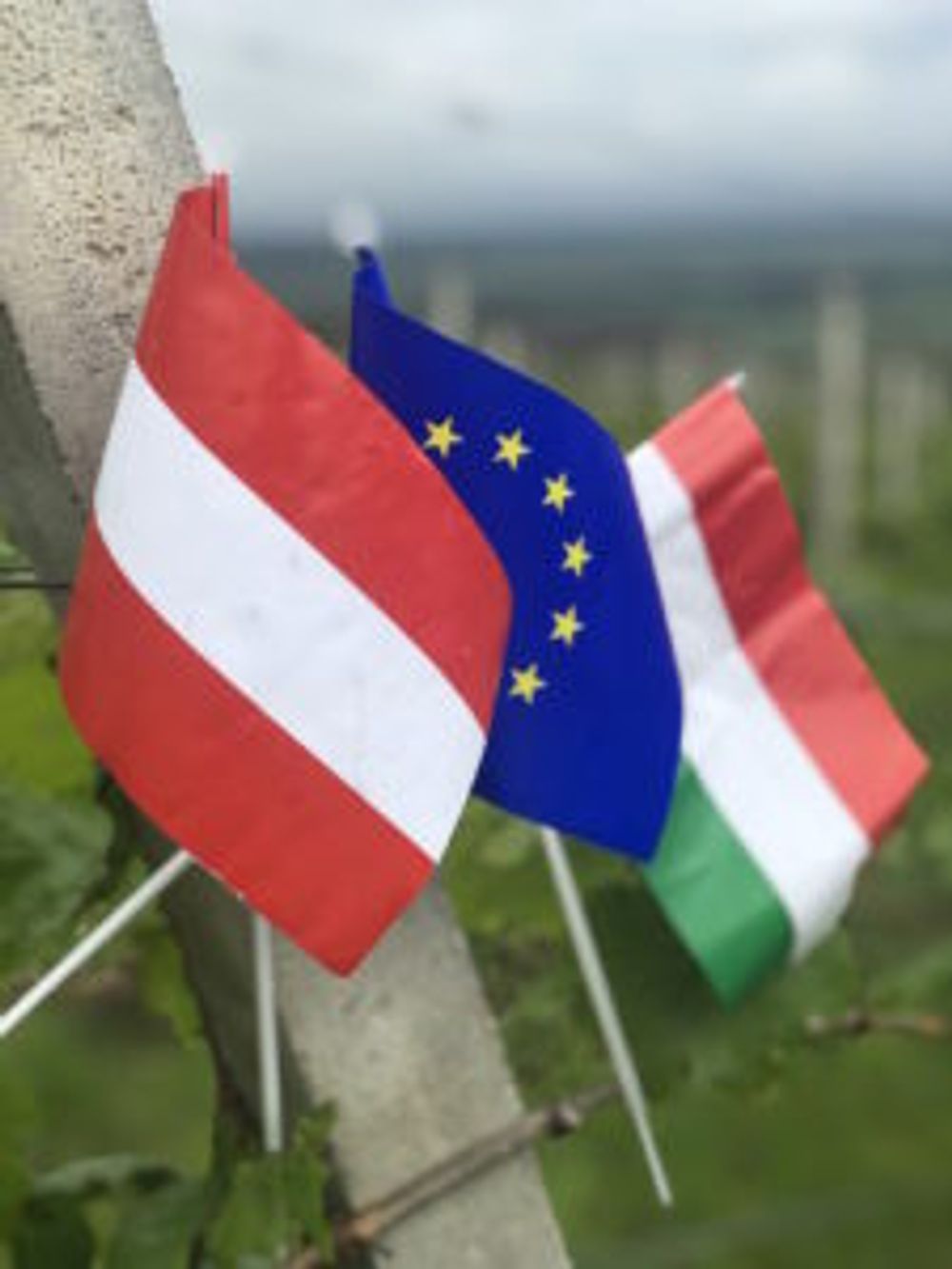
Grim Soviet-era winemaking did not have much in common with Austrian techniques, but nowadays it’s a different story: producers on both sides of the border can work together, thanks to the ‘Historischer Doppelbesitz’, an unconventional labelling system that permits grapes from the Slovenian side to be used in an Austrian DAC (‘Districtus Austriae Controllatus’) wine. One such example is a bright, expressive, Welschriesling, from Gamser, harvested on both sides of the, now invisible, border.
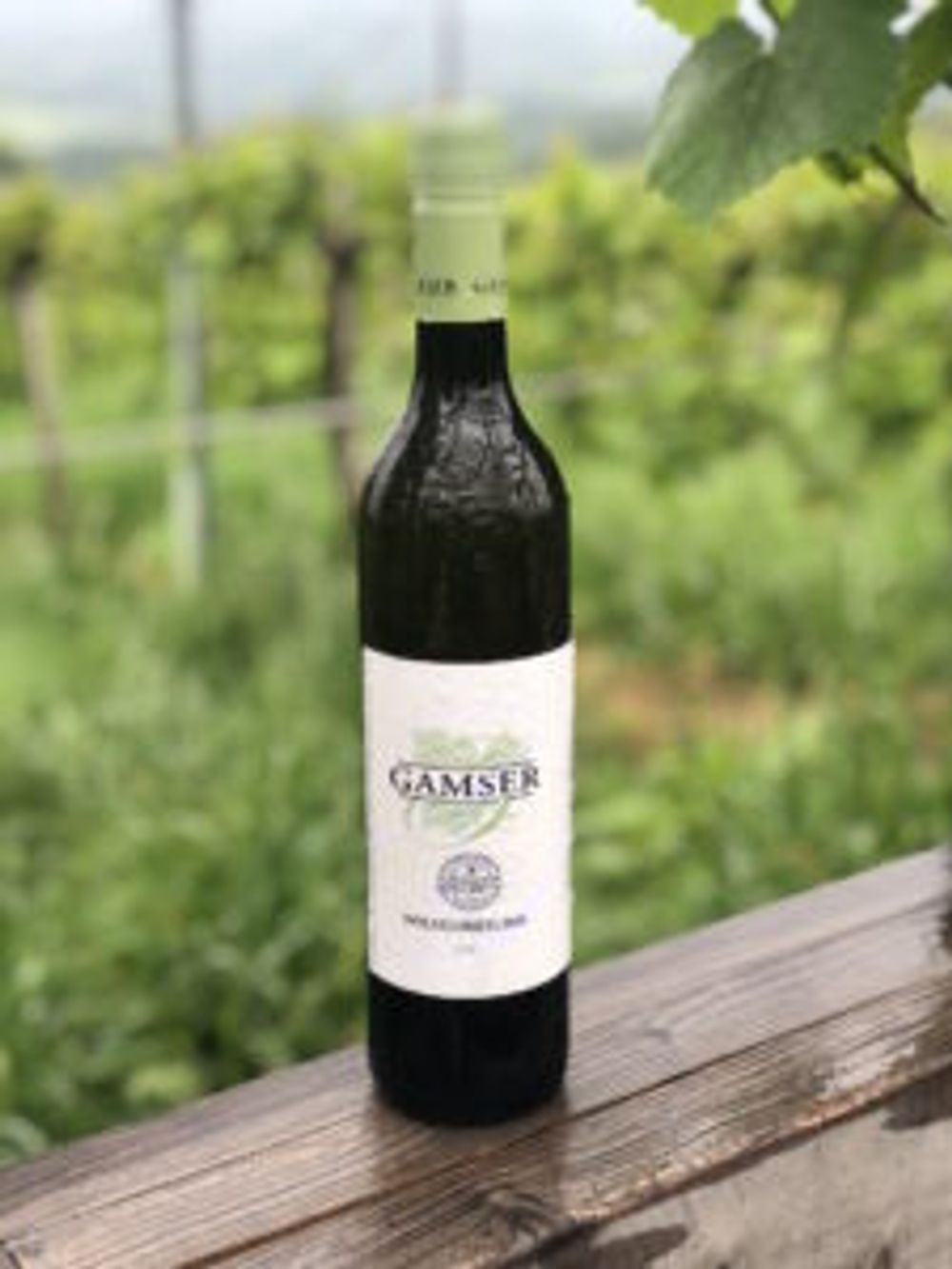
Perched on a plateau at Berghausen, the Tement winery offers a panoramic view of the border with Slovenia, defined only by the end of the vines that cascade down a steep slope. The family-owned estate has complemented its own high end ‘Ried Zieregg’ with new plots on the neighbouring side. It’s almost impossible to imagine the soldiers armed with machine guns who ensured that no-one passed across the border here. Now, the only brutality comes from the savage beauty of the place.
The cones of dormant volcanos puncture the skies across Vulkankand, where the Schloss Kapfenstein has seen off various border incursions, including marauding Huns and Turks, over its thousand-year history. Owned by the Winkler-Hermaden winery since 1918, it is now a hotel and restaurant and marks the start of the border line with Hungary.
Despite conjuring up images of Star Trek, Vulkanland – at one time the bed of a shallow sea – enjoys a continental climate, with the volcanic soils producing distinctive whites, from Sauvignon Blanc, Muskateller, Weissburgunder and Chardonnay (sometimes known as Morillon) and a number of brilliant, funky orange wines that shatter stereotypes of Austrian conservatism.
Heading north, the DAC regions of Burgenland – Eisenberg, Mittelburgenland, Rosalia, Leithaberg and Neusiedlersee – form the border with Hungary, where families were divided by the lines drawn a hundred years ago. The region suffered terrible decline in the period between the two World Wars, leading to massive emigration. It was not until the 21st of December 2007 that the barriers and border checks were finally removed. Now, wine is a big part of the region’s economy, with Blaufränkisch and its Hungarian twin, Kékfrankos, producing excellent mineral-rich wines.
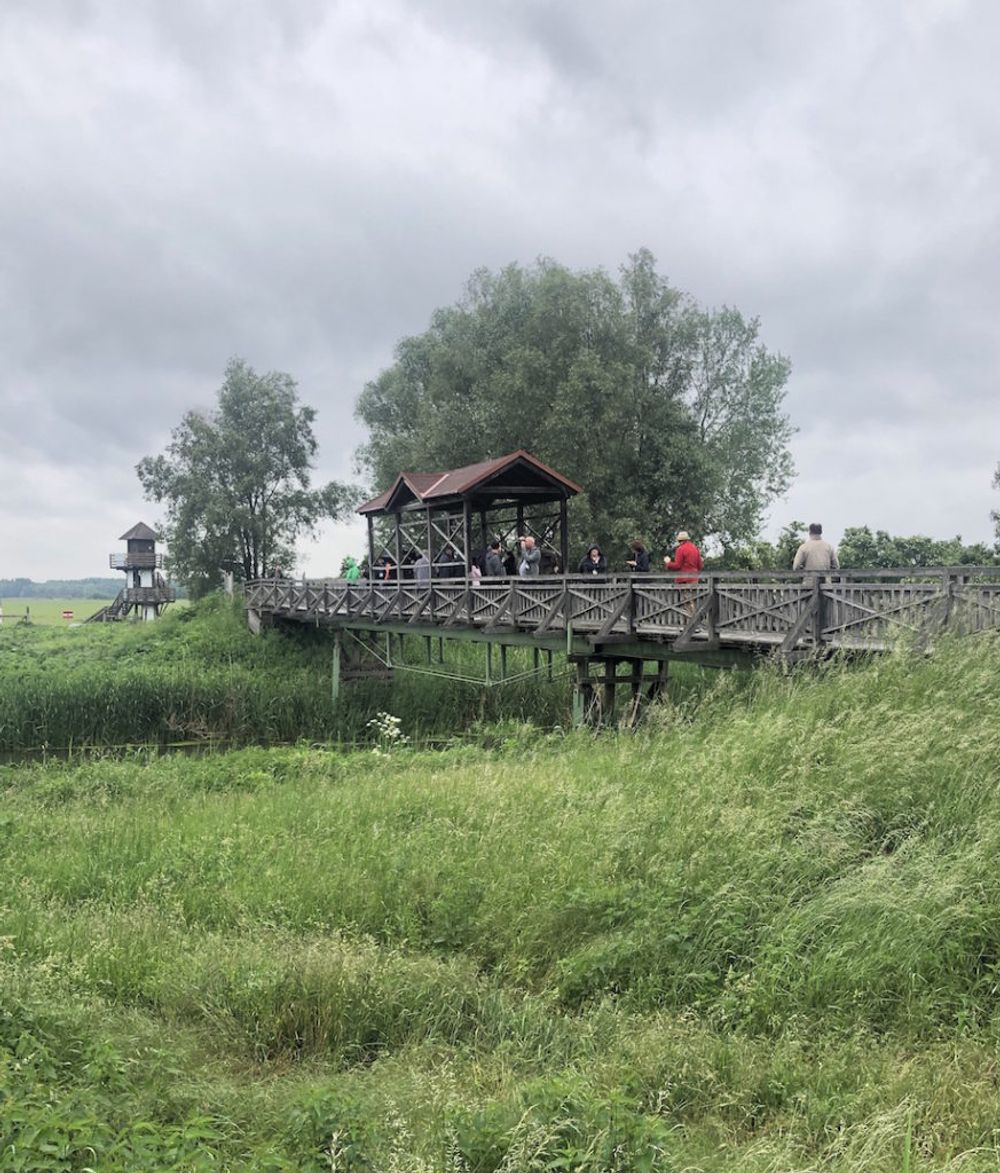
The Bridge at Andau
Immortalised by the best-selling author James A. Michener, the Bridge at Andau became one of the last routes of escape when Soviet forces violently suppressed the Hungarian uprising of 1956. Michener witnessed the refugee crisis first hand, noting that one of the least significant bridges in Europe briefly became one of the most recognised in the world.
These days its bucolic setting, close to Lake Neusiedl, makes it just as famous for Austria’s ‘liquid gold’, the humid conditions perfect for Noble Rot, Botrytis Cinerea. The famous Kracher estate is nearby, specialising in a beguiling range of Auslese, Beerenauslese and Trockenbeerenauslesen, which are as much of a mouthful as the names suggest. If anyone still questions the pairing potential of sweet wine, a masterclass featuring paté, chocolate, Viennese cake and blue cheese, paired with a range of TBAs, late harvest and straw wines, is enough to banish any doubt about these underrated and bewitching delights.
Close to Vienna, Bratislava was at one time an alternative capital for the Austro-Hungarian empire before finding itself on the ‘wrong side’ of the Iron Curtain at the end of the Second World War.
Nowadays, with the border controls gone, winemakers in the increasingly highly regarded Austrian wine region of Carnuntum work closely with their Slovakian counterparts. Grüner Veltliner, Riesling and Zweigelt do well here, but the real star, for the terroir, is Blaufränkisch, judging by the final tasting, a selection of 54 wines from both countries, at the magnificent Schloss Hof Palace.
If the tour and summit realised a long held ambition for Willi Klinger, as his time running the Wine Marketing Board draws to a close, it also served to highlight some extraordinary chapters in his country’s history, whilst managing to sound an optimistic note for the future. And Klinger isn’t done yet: he is co-authoring a book telling the story of Austria’s wine history, due to be released as he steps down this December.

Tasting across borders
I made tasting notes for 259 wines across the trip from southern Styria to Carnuntum, so this top ten merely attempts to reflect the brilliant diversity we sampled. Such was the scale and international nature of the events that no prices or country-specific stockists were listed.
Sabathi Hannes, Sauvignon Blanc Ried Kranachberg “GSTK” 2017, Südsteiermark, Sauvignon shines in Styria and this is a wonderful example, fresh, nervy, slightly reductive, seductively smoky, with mown grass and vibrant lime zest.
Gaube, Sauvignon Blanc Jarenina/Svečina 2018, Slovenija, from across the border, fresh and plump, layered, with greengage and hints of green pepper. A stylish, invigorating wine.
Harkamp, Grauburgunder Ried Oberburgstall 2017, Südsteiermark, dismissed as “showy” by one of my peers, I confess I just enjoyed the spectacle. Crisp apple and golden syrup on the nose, with sumptuous texture and subtle cinnamon spice, all beautifully balanced.
Pfeiffer, Muskateller Ried Schemming 2018, Vulkanland Steiermark, with a nose like the Chelsea Flower Show, leading into bright, fresh blossom and gentle stone fruit. Bloomin’ lovely.
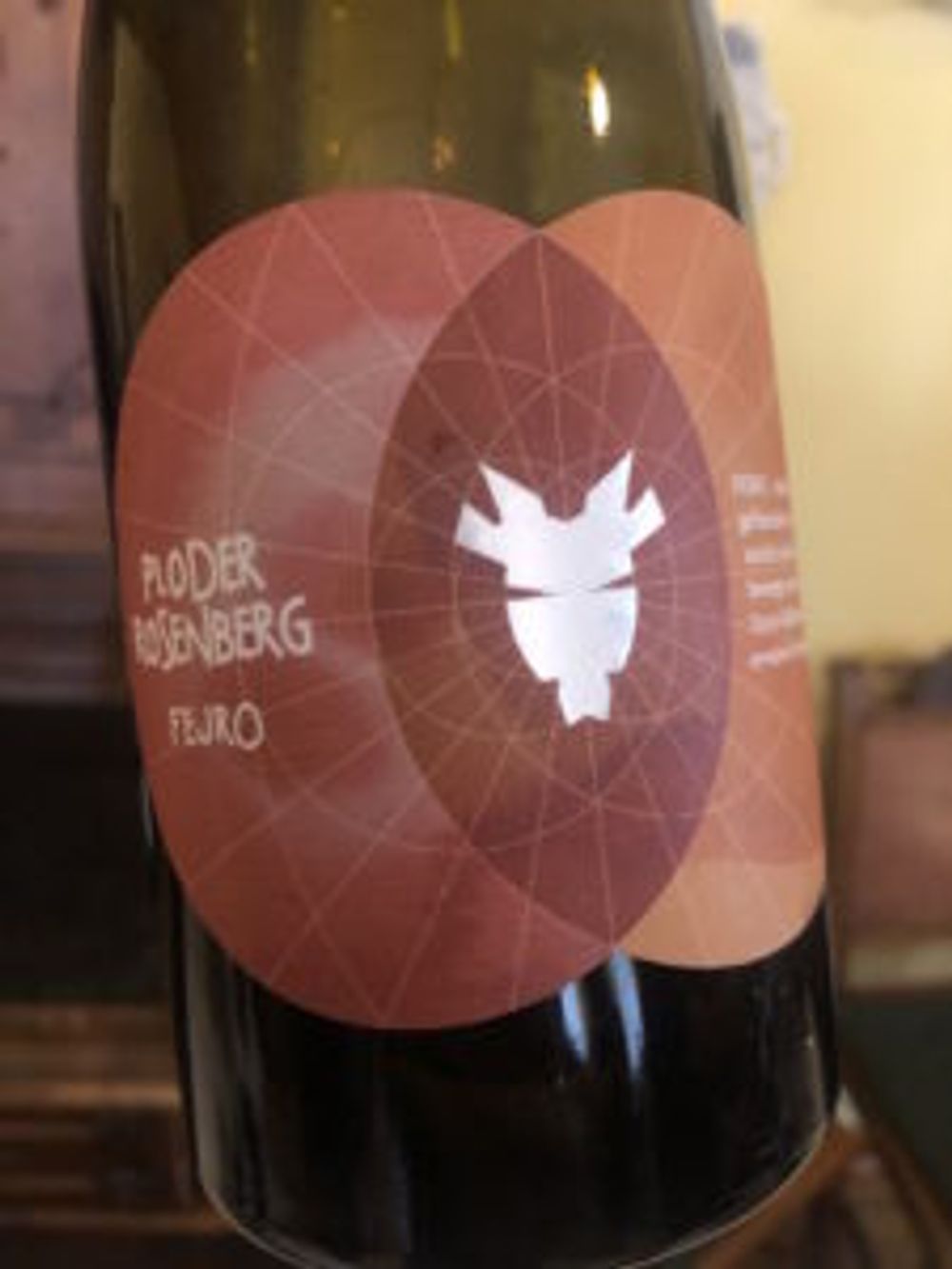
Ploder-Rosenberg, Cuvée “Aero” 2015, Österreich, one of a number of ‘natural’ wines from this producer, blending Muscaris, Traminer, Sauvignon Blanc and Muskateller, with around six months skin contact, a nose of Kola Kubes, liquorice root and ginger ale, with marmalade and a delicious herbal twist. A food wine, for sure, but worth seeking out.
Schiefer & Domaines Kilger, Kékfrankos Ried Voller “Pala” 2017, Eisenberg Hungary, another of the ‘border crossings’, for a fragrant, floral very attractive wine with ripe raspberry wrapped around an earthy, mineral core.
Weninger, Kékfrankos Ried Spern Steiner 2015, Sopron Hungary, a herbal nose, with a meaty salami note, cracked black pepper complements juicy ripe red fruit and a tannic chew.
Krutzler, Blaufränkisch “Perwolff” 2012, Burgenland, benefitting from some age, a rich, ripe powerful wine, beautifully structured, with wet slate underpinning the ripe red fruit, smooth tannins and a spicy twist.
Muhr-Van de Niepoort, Blaufränkisch Ried Spitzerberg 2015, Carnuntum, precise, with forest fruit, blackberries, crunchy tannins and rapier acidity giving structure.
Silvia Steiner, Traminer Ried Mühlsatz 2017, Burgenland Auslese, a winning choice paired with chicken liver parfait, with its combination of honeycomb, candle wax and ripe stone fruits. Nicely judged, with a relatively low (for sweet wine) level of sugar at 60g/L.
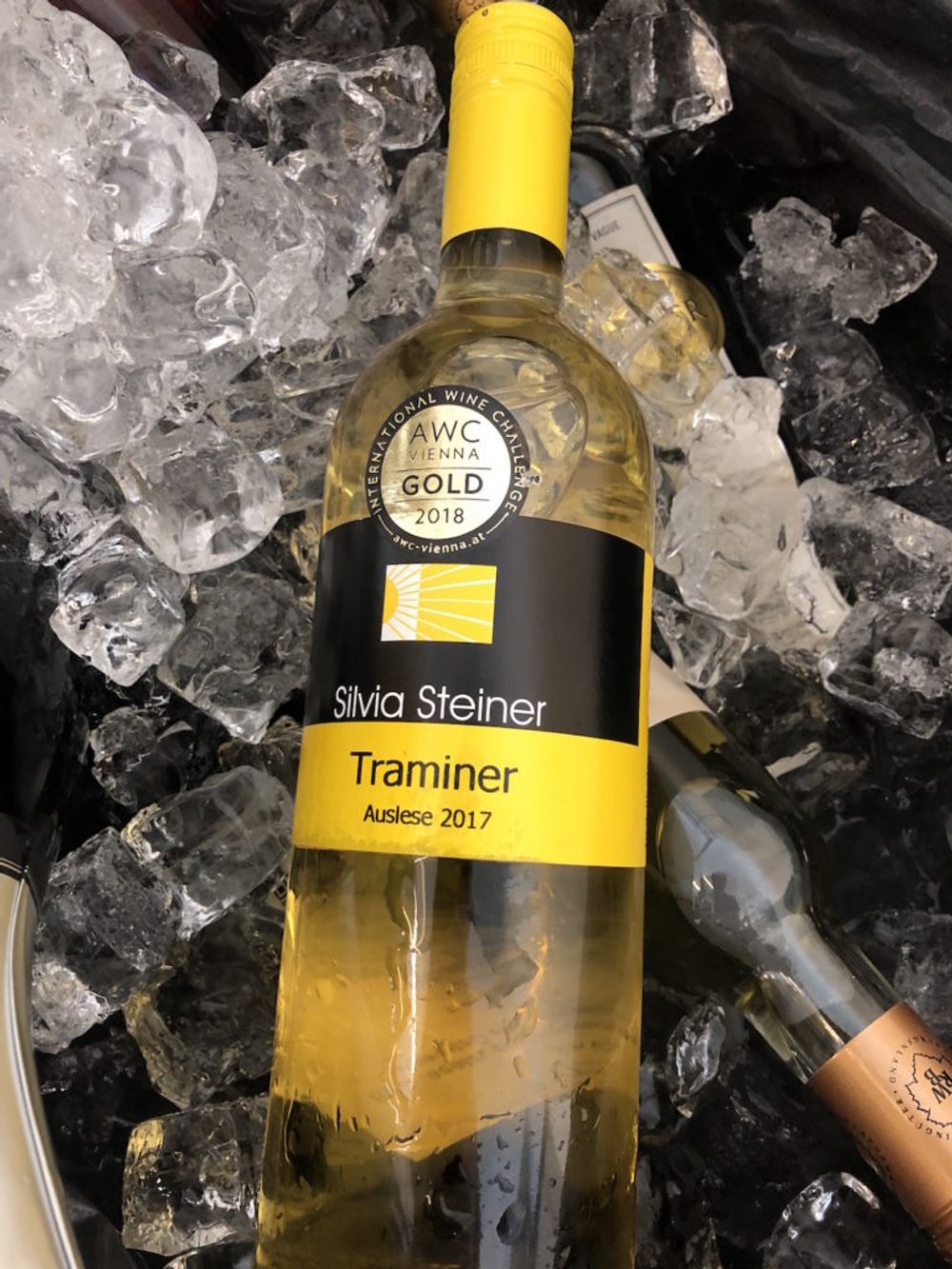
David Kermode is a wine presenter, writer, broadcaster and judge with his own website vinosaurus.co.uk
